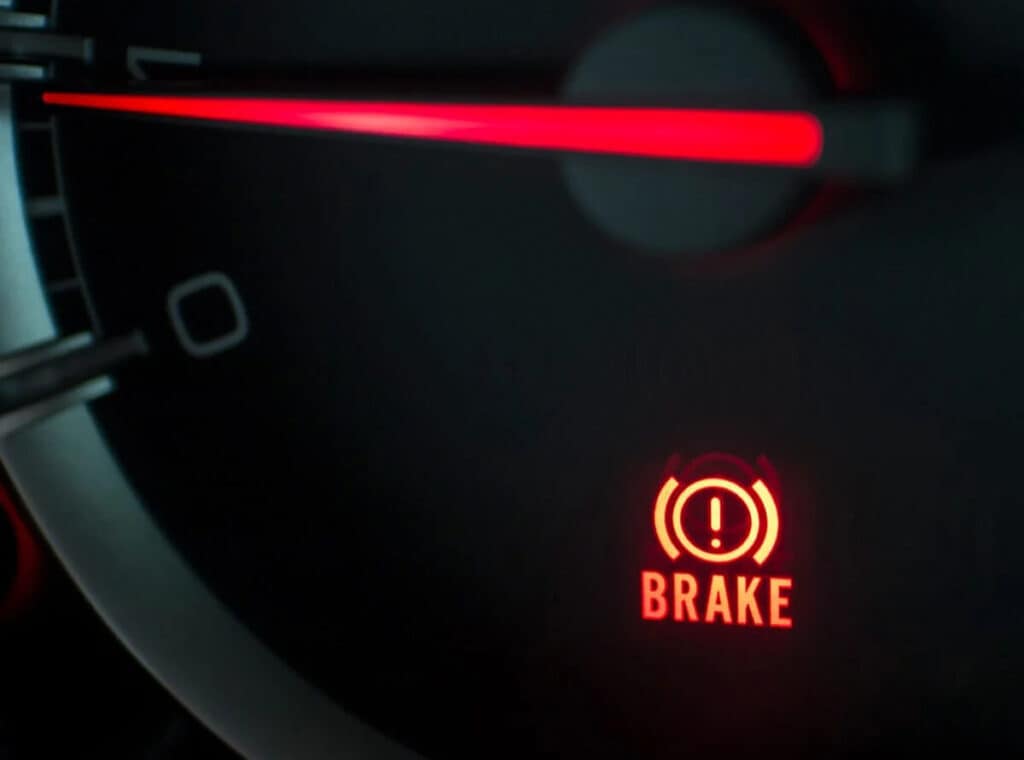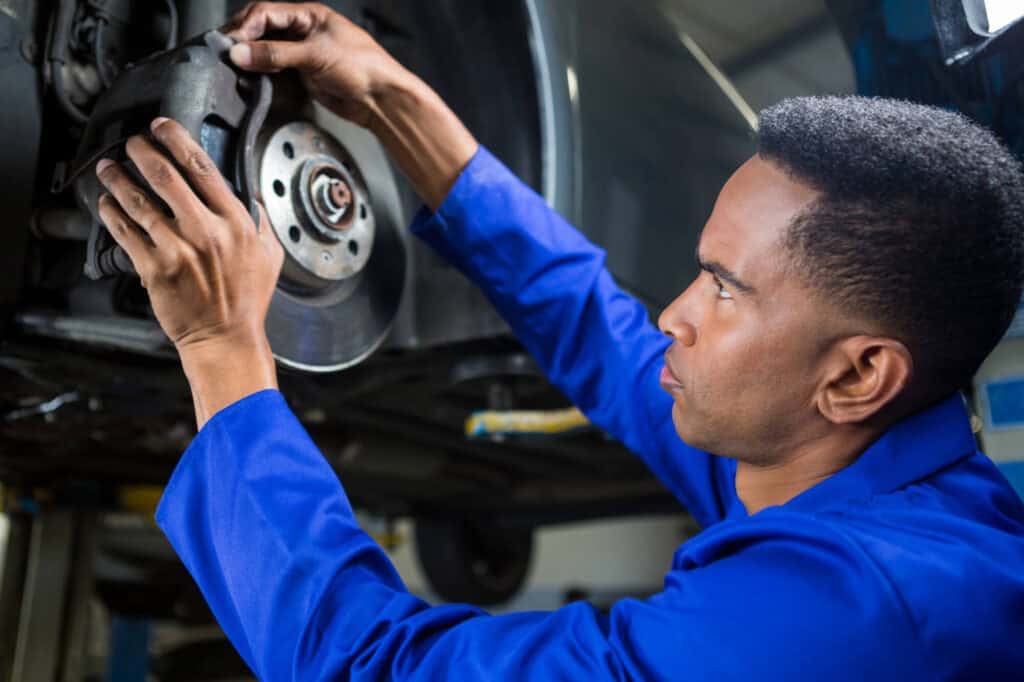The Importance of Regular Brake Inspections for Vehicle Safety
Regular brake inspections are essential to ensure the safety and reliability of your vehicle. A well-functioning braking system can mean the difference between avoiding an accident or facing costly repairs and potential harm. This article will guide you through the process of recognizing when it’s time for a brake inspection, performing a DIY brake inspection, and understanding the consequences of neglecting brake inspections. By prioritizing brake maintenance, you can ensure a safe and smooth driving experience.

Recognizing the Warning Signs: When It’s Time for a Brake Inspection
Some warning signs indicate it’s time for a brake inspection:
• Squeaking or grinding noises when braking
• A pulsating or vibrating brake pedal
• Longer stopping distances
• A soft or spongy brake pedal
• Warning lights on the dashboard
• Pulling to one side when braking
Scheduling Your Brake Inspections: Recommended Intervals and Factors to Consider
As a general rule, it’s advisable to have your brakes inspected every 20,000 kilometers or annually, whichever comes first. However, factors like driving habits, vehicle type, and environmental conditions can affect the wear and tear of your braking system. It’s essential to consult your owner’s manual for manufacturer-specific recommendations and adjust accordingly.
DIY Brake Inspection: A Step-by-Step Guide
Performing a brake inspection yourself can save you money and give you a better understanding of your vehicle’s braking system. Here are the steps to follow:
Inspecting Brake Pads and Rotors
1. Safely lift your vehicle and remove the wheels.
2. Examine the brake pads for even wear and measure their thickness.
3. Check the rotors for signs of damage, such as scoring, warping, or rust.
Checking Brake Fluid and Lines
1. Locate the brake fluid reservoir and check the fluid level.
2. Inspect the brake lines for signs of damage, leaks, or corrosion.
Examining Brake Calipers and Hoses
1. Inspect the brake calipers for wear or damage.
2. Check the brake hoses for cracks, bulges, or leaks.
Assessing the Parking Brake and Brake Light Functionality
1. Test the parking brake’s effectiveness by engaging it on a slope.
2. Check the brake light functionality by turning on your vehicle and having someone press the brake pedal.
Professional Brake Inspection: What to Expect and How to Choose a Service Provider
If you’re not comfortable performing a brake inspection yourself or suspect a more significant issue, a professional brake inspection is recommended. A qualified technician will thoroughly inspect your braking system, diagnose any problems, and recommend necessary repairs or maintenance. When choosing a service provider, consider factors such as experience, reputation, and cost. For a convenience and affordable option you can also have one of our highly rated mobile mechanics come to your home to office to perform the brake inspection.
The Consequences of Neglecting Brake Inspections: Risks and Costs
Neglecting brake inspections can lead to worn or damaged components, reduced braking performance, and increased risk of accidents. Regular inspections can help you identify and address issues early, ultimately saving you time and money on repairs and ensuring a safe driving experience.
Brake Maintenance Best Practices: Keeping Your Braking System in Top Shape
• Regularly inspect and replace brake pads and rotors as needed.
• Flush and replace brake fluid according to manufacturer recommendations.
• Address any warning signs or symptoms promptly.
The Connection Between Brake Inspections and Vehicle Performance
Regular brake inspections not only ensure safety but also help maintain optimal vehicle performance. A well-functioning braking system contributes to fuel efficiency, handling, and overall driving experience.
Beyond Brakes: A Comprehensive Vehicle Inspection Checklist
In addition to brake inspections, other essential vehicle maintenance tasks include:
1. Checking tire pressure and tread depth
2. Inspecting and replacing air filters
3. Examining the suspension system and alignment
4. Monitoring fluid levels, such as engine oil, transmission fluid, and coolant
5. Inspecting belts and hoses for wear and damage
6. Checking and replacing spark plugs and ignition components
7. Testing the battery and charging system
8. Evaluating the exhaust system for leaks or damage
9. Inspecting wiper blades and replacing them as needed
10. Monitoring the condition of the vehicle’s interior and exterior
By performing regular inspections and maintenance tasks, you can prevent potential problems, prolong the life of your vehicle, and maintain optimal performance.

Conclusion: Make Brake Inspections a Priority for a Safe and Smooth Drive
Regular brake inspections are crucial for ensuring a safe and smooth driving experience. By recognizing the warning signs, scheduling inspections at appropriate intervals, and addressing any issues promptly, you can help maintain the performance and longevity of your vehicle’s braking system. Additionally, performing a comprehensive vehicle inspection that goes beyond brakes can further enhance your vehicle’s overall safety and performance. Prioritizing regular maintenance and inspections will ensure a more enjoyable and worry-free driving experience.
Uchanics is your ultimate car repair and maintenance solution, tailored to provide unparalleled convenience. Here’s why Uchanics should be your top choice for brake repairs:
• Experience brake pad replacements and brake servicing right at your doorstep
• Effortless online booking for your convenience
• Transparent, competitive pricing
• Skilled mobile technicians at your service
• Utilizing top-notch equipment and superior replacement parts
• Capability to complete 90% of repairs on-site, eliminating the need for a trip to the auto repair shop
• A reassuring 12-month, 20,000 km warranty for peace of mind
To receive a precise estimate for the cost of replacing your brake pads, simply request a Free quote by clicking here.
